How the world is waking up from its COVID-19 slumber
Australia's international borders set to open in November for Australian citizens and permanent residents.
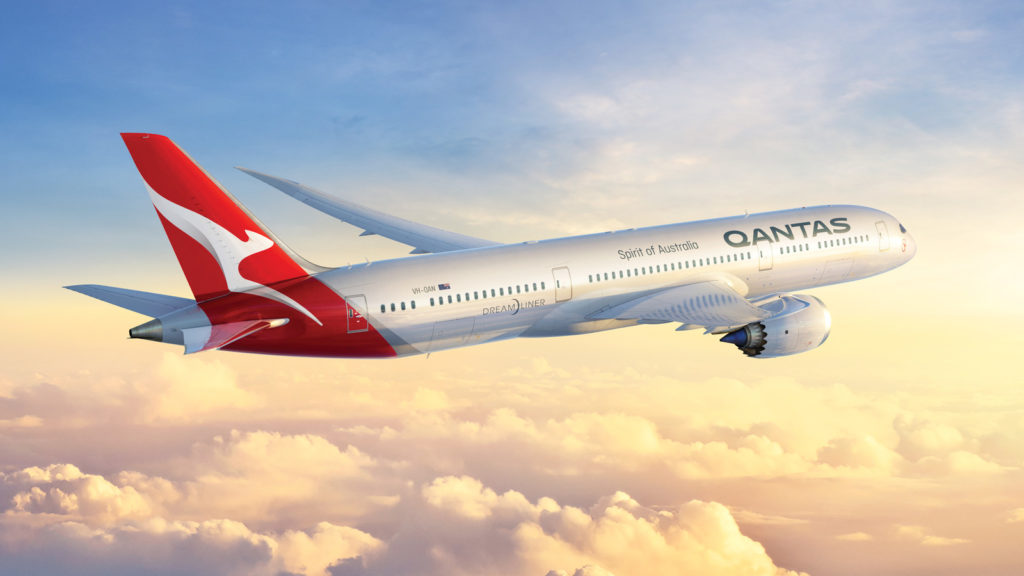
What we'll be covering
Australia’s international borders will open to the world next month! Well – for Australian citizens and permanent residents, anyway.
And the number of COVID-19 vaccines administered worldwide increases with each passing day. This is great news and will help push along the reopening of further countries to vaccinated international visitors. And hopefully, in time, we’ll see the restrictions and COVID-19 test requirements reduced or eliminated altogether.
Many countries are opening up slowly, choosing to initially do so with a limited set of countries. Essentially, with some form of travel bubble. And even then, there are some restrictions in place for travel to these countries.
So we’ve taken a look at how some of the rules for fully-vaccinated travellers compare between countries. And we start off with Australia, on the back of the recent re-opening announcement.
Changing quarantine restrictions for vaccinated travellers around the world
Australia
Percentage of the population fully vaccinated: 43.5% (29 September 2021)
Australia’s international borders will re-open in November. The opening requires all states and territories to reach an 80% double vaccination rate and will see a number of current restrictions removed. These include the lifting of caps on international arrivals, and the ability for Australian citizens and permanent residents to leave the country without prior government approval.
A 7-day home quarantine replaces the current 14-day hotel quarantine arrangement for fully-vaccinated travellers. Make sure to receive all required doses of a TGA-approved vaccine prior to travel back to Australia. Otherwise, if you don’t, you will have to continue with 14-days of hotel quarantine, at your expense.
The above arrangements will continue to require state governments to also agree to them. So your residency may determine how quickly you can take advantage of these new freedoms.
Ultimately though – no matter where you live in Australia – the above is welcome news, and sets us on a path towards the permanent reopening of our international borders.

Canada
Percentage of the population fully vaccinated: 71.6% (29 September 2021)
From 7 September 2021, you can enter Canada if you are:
- Canadian citizens (including dual citizens)
- People registered under the Indian Act
- Permanent residents of Canada
- Protected persons (refugee status)
- Foreign nationals who qualify for the fully-vaccinated traveller exemption
So if you arrive from Australia, ensure that you meet the requirements for the fully-vaccinated traveller exemption. This including vaccinated with both or a combination of the following vaccines:
- Pfizer-BioNTech (Comirnaty, tozinameran, BNT162b2)
- Moderna (mRNA-1273)
- AstraZeneca/COVISHIELD (ChAdOx1-S, Vaxzevria, AZD1222)
- Janssen/Johnson & Johnson (Ad26.COV2.S)
It also includes taking pre-arrival test and randomised on arrival tests.

England
Percentage of the population fully vaccinated: 67.1% (28 September 2021)
England has a 3-level traffic light system, which is red, amber and green.
If you arrive from a ‘red’ list country, you must quarantine in a managed hotel for 10 days and take 2 COVID-19 tests.
If you arrive from an ‘amber’ list country, your vaccination status will be important. Fully-vaccinated arrivals by an approved UK, US or European vaccine program must take a COVID-19 test on or before day 2 after arriving in England. Subsequently, if you do not meet these requirements, you’ll need to quarantine at home or in the place you are staying for 10 days. Also, you will need to take a COVID-19 test on or before days 2 and 8 after arriving in England.
If you arrive from a ‘green’ list country, you’ll need to take a COVID-19 test on or before day 2. You then only need to quarantine if your test is positive.
Australia is currently on the ‘green’ list. The above rule applies to both vaccinated and unvaccinated Australians. However, it may be a challenge to get on an international flight from Australia unvaccinated.
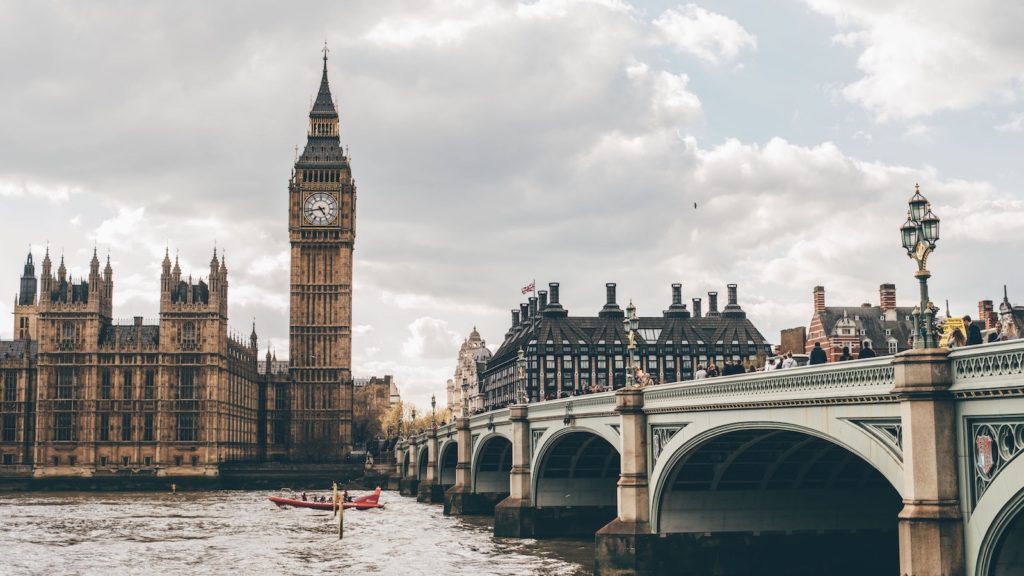
France
Percentage of the population fully vaccinated: 66.1% (28 September 2021)
Arrive fully vaccinated and you’ll be welcomed into France. It’s as simple as that!
France has lifted almost all restrictions on the mainland. However, some restrictions still remain. These include:
- Wearing masks in indoor public spaces and public transport
- Showing a health pass to access the following:
- Leisure and culture venues and events bringing together more than 50 people
- Bars
- Restaurants
- Malls
- Hospitals
- Care homes
- Long-distance travel by plane, train or coach
- Campsites
- Other holiday accommodation
A health pass must prove one of the 3 following items:
- That you are fully vaccinated (with an EMA-approved vaccine or similar):
- Seven days after the second shot for 2-shot vaccines (Pfizer, Moderna, AstraZeneca)
- Four weeks after the shot for one-shot vaccines (Johnson & Johnson)
- Seven days after the shot for vaccines administered to people who have already had COVID-19 (only one dose is necessary)
- OR that you have been tested (PCR or antigen) with a negative result within the last 48hrs
- OR that you have recovered from COVID-19, attested by a positive PCR or antigen test result, at least 15 days and no more than 6 months old
Obviously, you should ensure that you can produce a health pass (or whatever the Australian and French authorities deem acceptable) for freer movement within France.

Germany
Percentage of the population fully vaccinated: 64.4% (28 September 2021)
Entry into Germany is possible from:
- EU member states
- States associated with Schengen: Iceland, Norway, Switzerland and Liechtenstein
- Other countries from which entry is possible in light of the epidemiological situation assessment by the EU
Australian residents are allowed unrestricted entry into Germany.
Upon entering Germany, travellers aged 12 years or older must hold proof of the following:
- Entry from an area of variant of concern: negative COVID-19 test result. Proof of a full COVID-19 vaccination or proof of recovery from an infection is not sufficient.
- Entry from any other country or area: a negative COVID-19 test result, proof of a full COVID-19 vaccination or proof of recovery from an infection.
This proof must be held prior to entering the country and must be presented to the airline before departure where applicable.
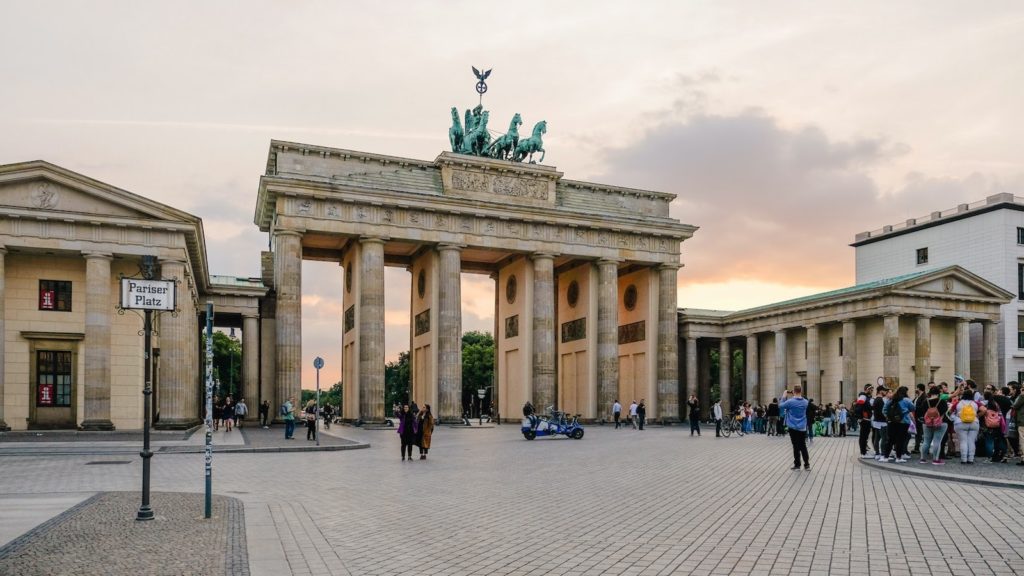
Israel
Percentage of the population fully vaccinated: 62.2% (29 September 2021)
Israel has a number of requirements for entry into the country. Before leaving Australia, make sure you complete the following:
- Get an entry permit issued by the Population and Immigration Authority
- Take a PCR test no more than 72 hours before the scheduled departure time to Israel
- Present a negative test result in English along with your passport number at check-in
- Fill out the online form no more than 24 hours before the scheduled departure to Israel
- On arrival in Israel, take a further PCR test at the airport
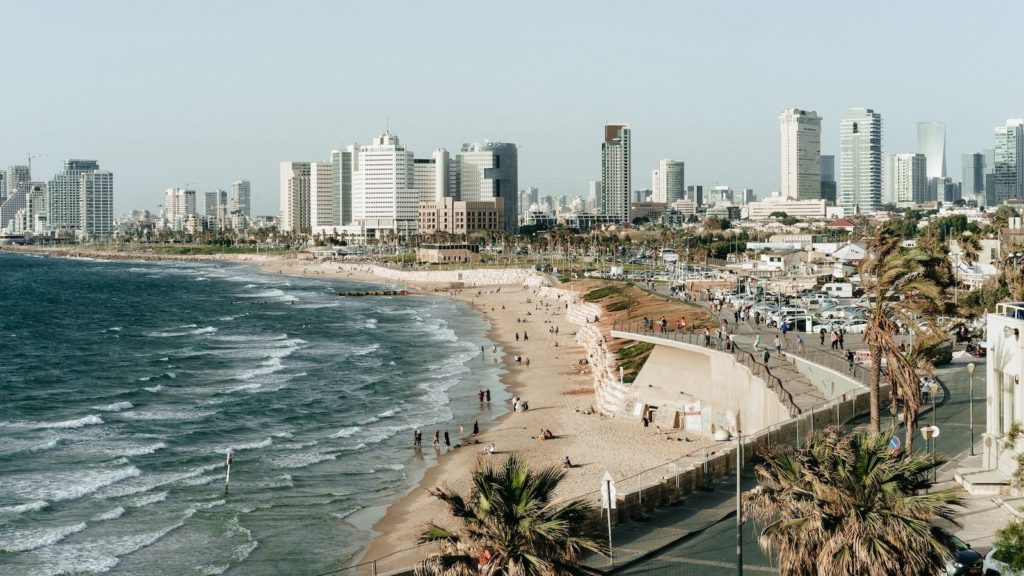
Japan
Percentage of the population fully vaccinated: 59.4% (29 September 2021)
If you have travelled or stayed in one of 159 countries in the previous 14 days, you currently cannot enter Japan. However – fortunately for us – Australia is not one of those countries!
Unfortunately, while Australia is not on the banned list, you currently can’t obtain an entry exemption due to our recent outbreaks.

Malta
Percentage of the population fully vaccinated: 83.6% (27 September 2021)
The small island country just south of Italy currently has the highest vaccination rate in the world as a percentage of the population. Therefore, Malta have been allowing tourists into the country for most of 2021.
Malta is permitting travel for fully-vaccinated travellers from countries included on the ‘Red List’.
Malta has a 4-colour rating system: Green, Amber, Red and Dark Red. But, at the time of writing, no countries are currently on the Green and Amber Lists.
Countries included on the ‘Red List’ include Australia, New Zealand, the United Kingdom, the United States, Canada, Japan and much of Europe.
While travel from countries on the ‘Dark’ Red list is banned except in exceptional circumstances, travel is allowed from ‘Red’ list countries. The requirements for travel are based on your vaccine status. Therefore, if you’re fully vaccinated, you can expect less onerous requirements.
If you are fully vaccinated, you need to complete a vaccination certificate and a Passenger Locator Form (dPLF). However, if you are not vaccinated, you will need to complete a dPLF, present a negative PCR test, and undertake 14 days quarantine.
Travellers need to have received the last dose of a vaccine at least 14 days prior to travel to Malta.

Singapore
Percentage of the population fully vaccinated: 79.4% (28 September 2021)
The city-state has split the world’s countries up into 4 categories. These range from Category I (least restrictions) to Category IV (most restrictions).
The following requirements apply in ascending order of restrictions:
Category I countries – Hong Kong, Macao, Mainland China and Taiwan.
- On-Arrival Test
Category II countries – Australia, Brunei, Canada, Germany, New Zealand and The Republic of Korea.
- Pre-Departure PCR Test within 48 hours
- On-Arrival Test
- 7-day Stay Home Notice (SHN) at place of accommodation
- Day 7 SHN exit Polymerase Chain Reaction (PCR) test
Category III countries – Austria, Belgium, Croatia, Denmark, Egypt, Finalnd, Italy, Japan, Luxumbourg, Malta, Netherlands, Norway, Poland, Saudi Arabia, Sweden and Switzerland.
- Pre-Departure PCR Test within 48 hours
- On-Arrival Test
- 14-day SHN at dedicated SHN facility or place of accommodation (if criteria fulfilled)
- Day 3, 7 and 11 Antigen-Rapid Test (ART) self-swab test
- Day 14 SHN PCR test
Category IV countries – All other Countries/Regions.
- Pre-Departure PCR Test within 48 hours
- On-Arrival Test (Travellers from identified Countries/Regions will have to undergo an on-arrival ART test in addition the on-arrival PCR)
- 14-day SHN at dedicated SHN facility
- Day 3, 7 and 11 ART self-swab test
- Day 14 SHN PCR test
Singapore is keen to include Australia as one of these countries when the time is right.

Sweden
Percentage of the population fully vaccinated: 64.1% (29 September 2021)
Sweden has issued a travel ban on non-essential travel to Sweden from most countries outside the EU until 31 October.
If you travel from an EU/EEA country, you must show a Covid certificate, a negative Covid-19 test no more than 72 hours old or proof of a return to health.
You will likely face a travel ban if you try and travel from a non-EU/EEA country. However, there are exceptions for countries that have managed to contain COVID-19. Australia is currently one of those exempt countries. If you are an exempted traveller, you will need to show a negative Covid-19 test no more than 48 hours old before entry.

United States
Percentage of the population fully vaccinated: 54.7% (15 September 2021)
The US border remains closed to visitors who have been in the following countries within the past 14 days. This also applies to transiting passengers.
- China
- Iran
- EU Schengen Area (Austria, Belgium, Czech Republic, Denmark, Estonia, Finland, France, Germany, Greece, Hungary, Iceland, Italy, Latvia, Liechtenstein, Lithuania, Luxembourg, Malta, Netherlands, Norway, Poland, Portugal, Slovakia, Slovenia, Spain, Sweden, Switzerland, Monaco, San Marino, Vatican City)
- United Kingdom
- Republic of Ireland
- Brazil
- South Africa
- India
However, if you arrive from elsewhere, you will need a negative COVID-19 test taken within 3 days of leaving your home country. This rule also applies to passengers departing from Australia.

Summing up
It’s hard to see Australia swinging open its international border to all fully-vaccinated visitors without other requirements anytime soon, as France has done. However, the increased freedoms to travel overseas for Australian citizens and permanent residents coupled with a decreased quarantine regime is welcome news!
However, it’s still unclear what this means for international visitors. It’s possible that even fully-vaccinated visitors to Australia will still have to serve a short period of quarantine and return a negative COVID-19 test before travel and after arrival to Australia. However, it’s beginning to look more likely that quarantine may be completed at home, at least for the fully vaccinated.
We expect Singapore to be one of the first cabs off the rank when Australia does open up to fully-vaccinated visitors, given its high vaccination rates and proven ability to keep COVID-19 largely under control.
Originally written by Chris Cavanagh.
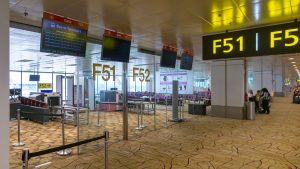


Article is confusing, England is not the UK, it is only part of the UK along with Wales, Scotland and Northern Ireland